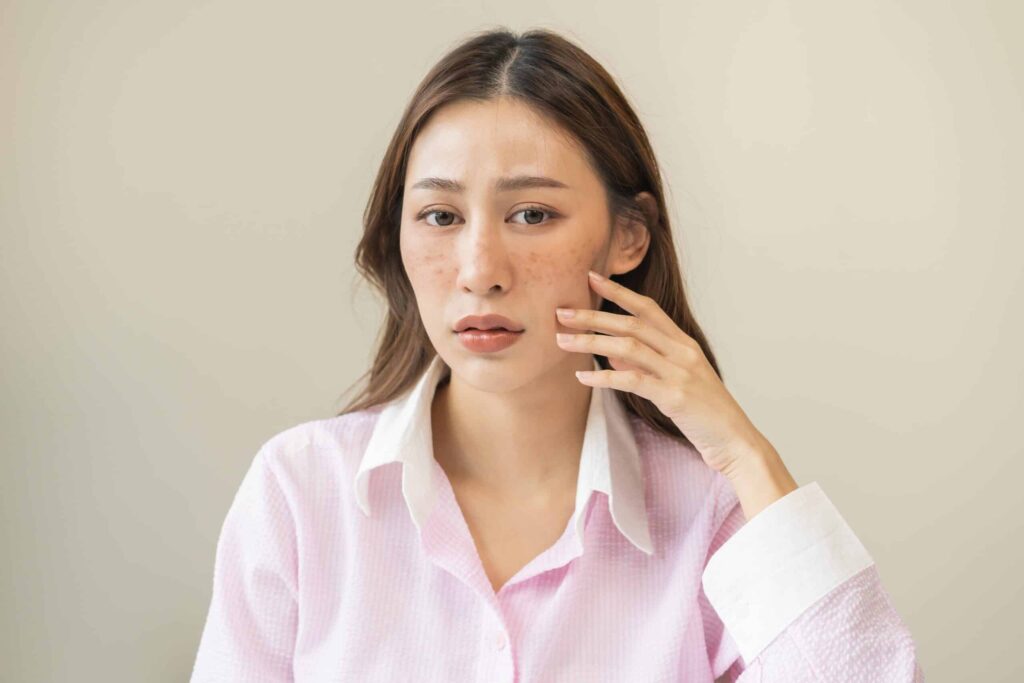
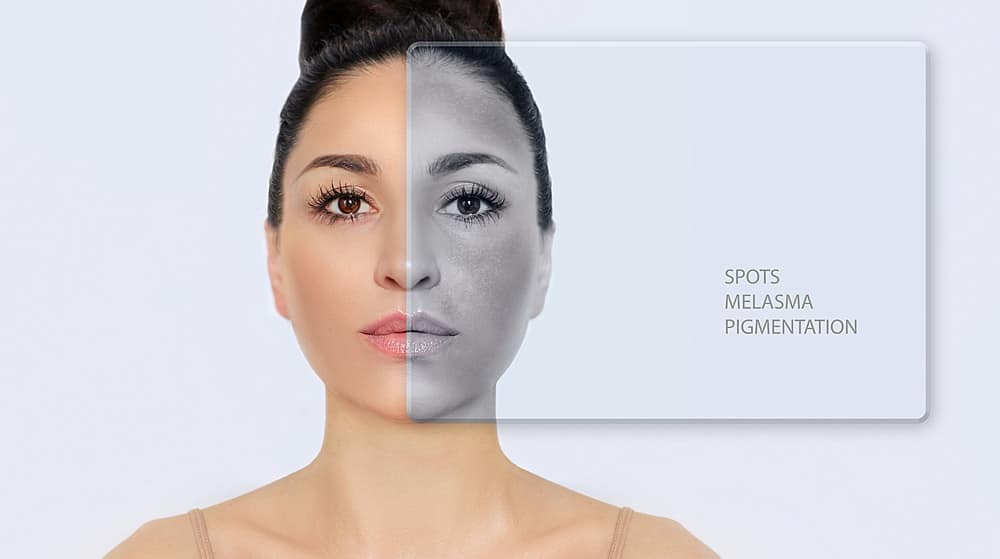

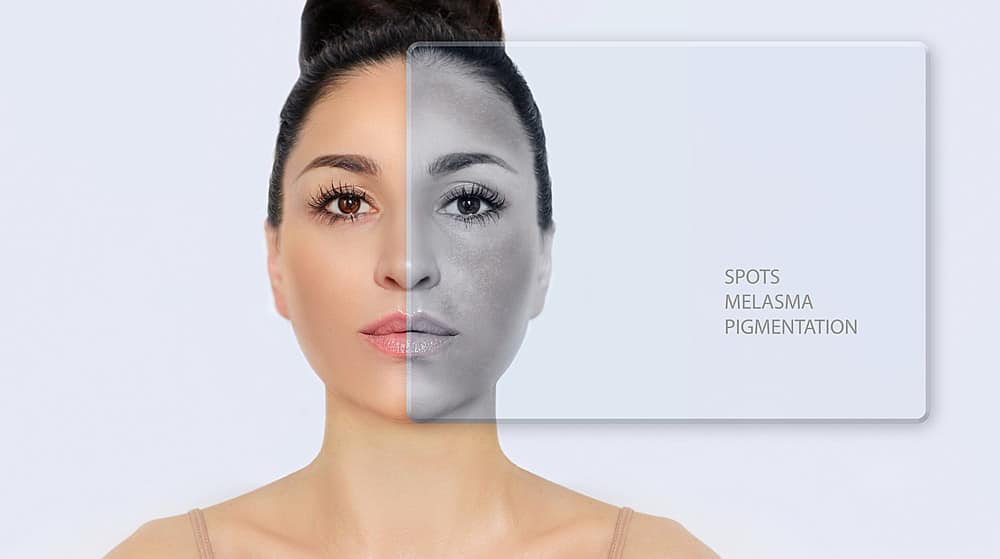
If you’re feeling slight insecurities about dark spots or pigmentation on your skin — you’re not alone.
More than 58% of Singaporean women aged 35 to 44 stated that pigmentation and dark spots were their primary skin concerns.
In fact, skin pigmentation can affect more than just your confidence — severe cases of pigmentation, such as vitiligo, can cause issues such as being judged and losing job opportunities.
That said, skin pigmentation isn’t as doom and gloom as it sounds!
In this article, we’ll cover what are different types of skin pigmentation, why it happens and the types of hyper pigmentation treatments, pigmentation treatments or melasma treatments you can find in Singapore!
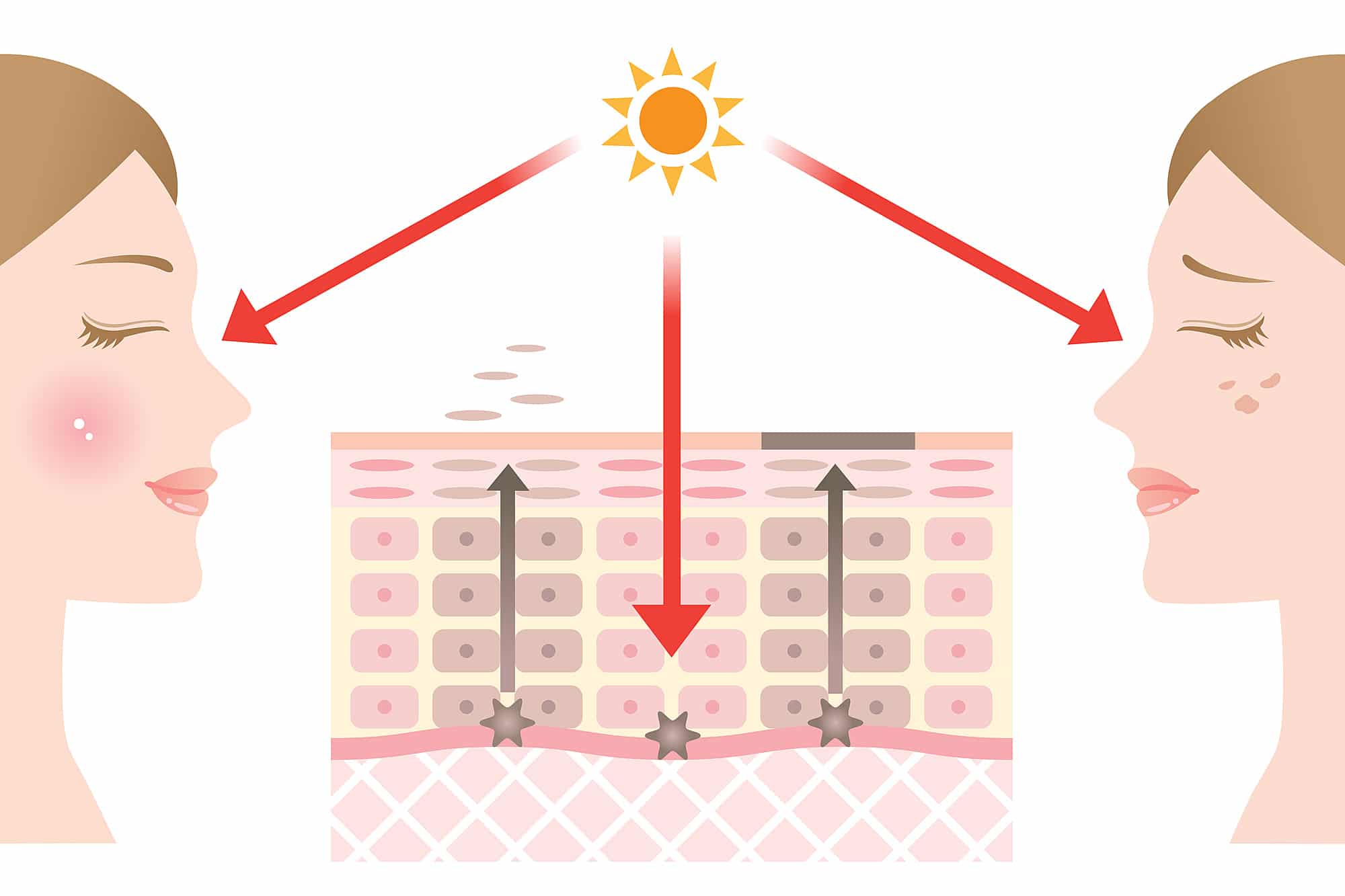
Pigmentation essentially indicates areas of the skin that have become darker in colour than the surrounding skin. It can often result in a patchy or uneven appearance when compared.
Most form of skin pigmentation can be attributed to the sun’s UVA and UVB rays (although there are more causes as explained below).
In fact, by the time we are teenagers, the average Singaporean would have experienced a high degree of sun exposure due to our climate!
This is compounded by the fact that from the age of 25 and onwards, our skin begins to age faster, revealing underlying pigmentation.
Any condition that causes inflammation of the skin (such as acne, boils or burns) can also cause over activity in melanocytes and increase in pigment levels.
Skin pigmentation types can be categorised into three categories:
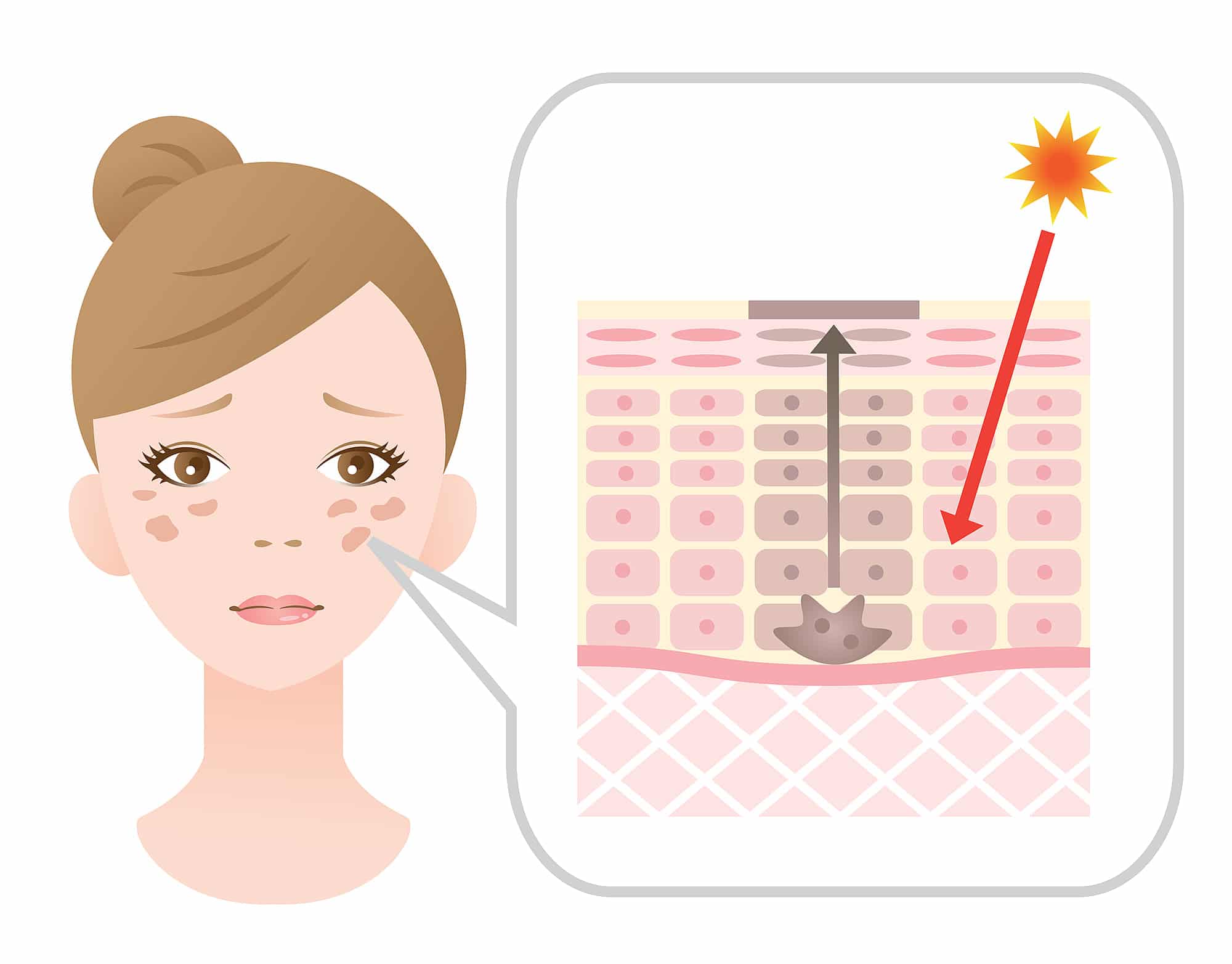
Pigmentation or hyper pigmentation occurs when the melanocytes in the deeper layers of the skin produce a skin-darkening pigment known as melanin.
If melanin is over-produced, it may result in darker skin patches appearing on the skin’s surface.
Pigmentation can manifest in many ways as mentioned above. While it is common knowledge that excessive exposure to the sun is the main cause, there are other factors that cause skin pigmentation to appear, such as:
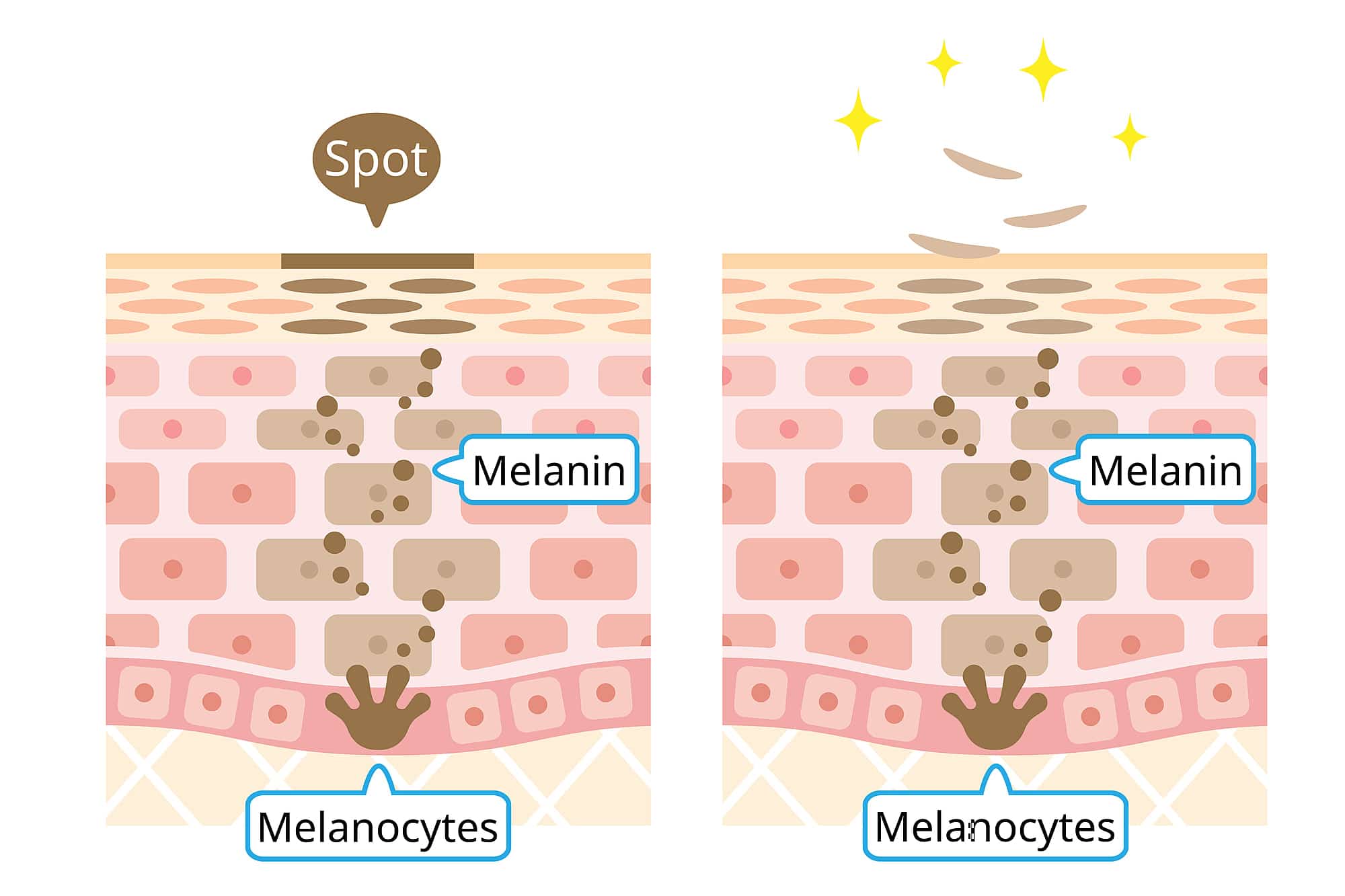
Firstly, treatments for different types of skin pigmentation will differ from one another.
For example, due to the unique nature of melasma, it is more difficult to treat compared with most other types of pigmentation.
Melasma can be slow to respond to treatment and may need more sessions of laser treatments before lightening effects are observed.
Furthermore, melasma may still return after treatment, hence needing routine treatment for maintenance.
That said, at SL Aesthetic Clinic, we have a range of treatment options for hyperpigmentation.
Some of our effective treatments that have found success for Singaporeans include:
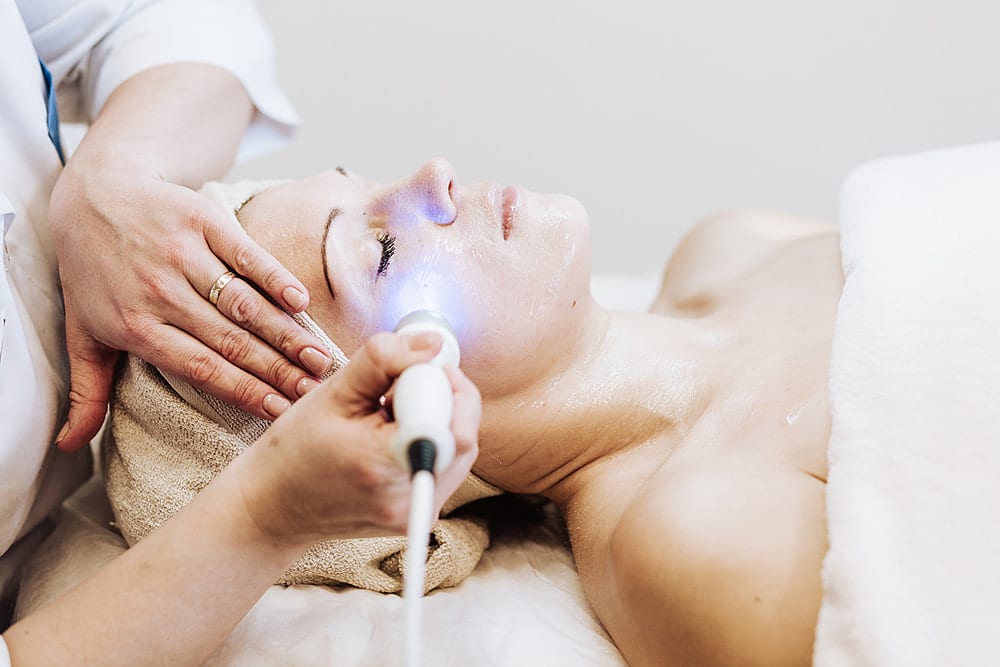
Epidermal (Superficial) Pigmentation
Dermal (Deeper) Pigmentation
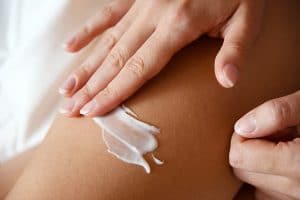
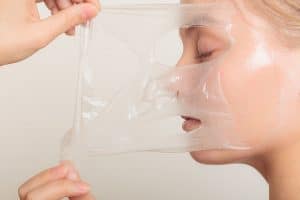
The Cosmelan System is a type of chemical peel that is formulated as part of a depigmentation treatment programme.
Developed by the cosmeceutical firm Mesoestetic®, the Cosmelan Peel is effective against:
Like it or not, your skin is often the source of your confidence. When you wake up with great skin in the morning, it’s hard not to stay upbeat and positive throughout the day!
That’s why you should start your journey to an even skin tone today. If you’re self-conscious about any sign of pigmentation of your skin, we’re here to help.
With our panel of medically-trained and certified doctors recognised by the Singapore Medical Council’s Aesthetic Practice Oversight Committee (APOC), you’re in safe and able hands!
Visit SL Aesthetic Clinic or call us at +65 9850 71112 to start your journey to the skin you desire and deserve!
Like what you read? Share them!